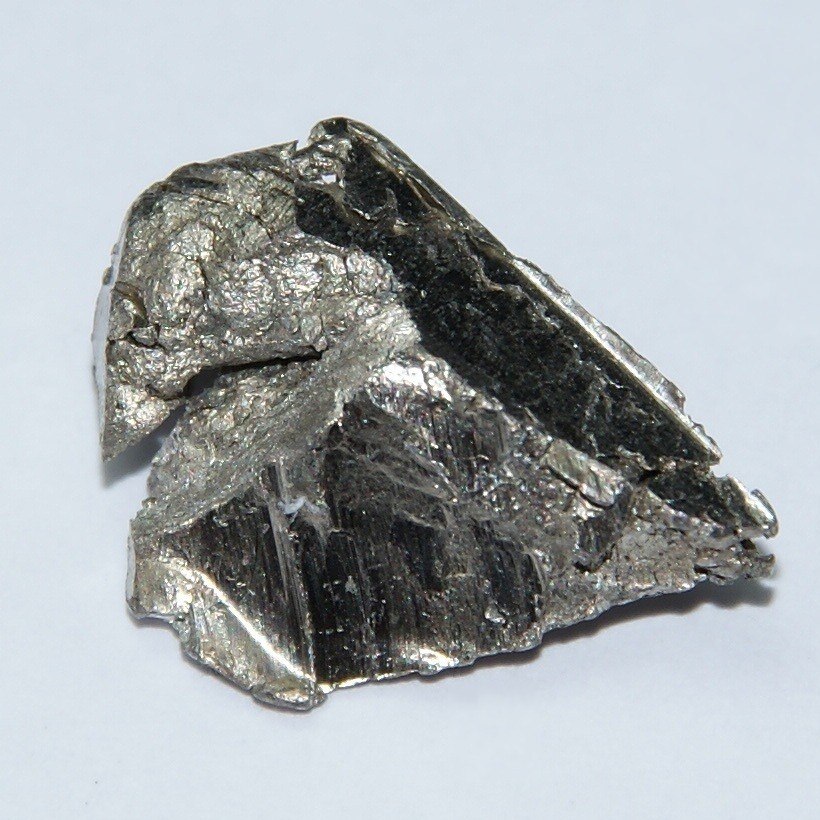Ytterbium
70
Yb
Group
n/a
Period
6
Block
f
Protons
Electrons
Neutrons
70
70
103
General Properties
Atomic Number
70
Atomic Weight
173.054
Mass Number
173
Category
Lanthanides
Color
Silver
Radioactive
No
Ytterbium was named after Ytterby, a town in Sweden
Crystal Structure
Face Centered Cubic
History
Ytterbium was discovered by the Swiss chemist Jean Charles Galissard de Marignac in the year 1878.
In 1907, in Paris, George Urbain separated ytterbia into two constituents.
Ytterbium metal was first made in 1937 by Klemm and Bonner by heating ytterbium chloride and potassium together.
A relatively pure sample of the metal was obtained only in 1953.
In 1907, in Paris, George Urbain separated ytterbia into two constituents.
Ytterbium metal was first made in 1937 by Klemm and Bonner by heating ytterbium chloride and potassium together.
A relatively pure sample of the metal was obtained only in 1953.
Electrons per shell
2, 8, 18, 32, 8, 2
Electron Configuration
[Xe] 4f14 6s2
Ytterbium is recovered commercially from monazite sand
Physical Properties
Phase
Solid
Density
6.965 g/cm3
Melting Point
1097.15 K | 824 °C | 1515.2 °F
Boiling Point
1469.15 K | 1196 °C | 2184.8 °F
Heat of Fusion
7.7 kJ/mol
Heat of Vaporization
160 kJ/mol
Specific Heat Capacity
0.155 J/g·K
Abundance in Earth's crust
0.00028%
Abundance in Universe
2×10-7%

CAS Number
7440-64-4
PubChem CID Number
23992
Atomic Properties
Atomic Radius
176 pm
Covalent Radius
187 pm
Electronegativity
1.1 (Pauling scale)
Ionization Potential
6.2542 eV
Atomic Volume
24.79 cm3/mol
Thermal Conductivity
0.349 W/cm·K
Oxidation States
2, 3
Applications
Ytterbium fiber laser amplifiers are used in marking and engraving.
Ytterbium compounds are also used as catalysts in the organic chemical industry.
Ytterbium can be used as a dopant to help improve the grain refinement, strength, and other mechanical properties of stainless steel.
Ytterbium compounds are also used as catalysts in the organic chemical industry.
Ytterbium can be used as a dopant to help improve the grain refinement, strength, and other mechanical properties of stainless steel.
Ytterbium is considered to be moderately toxic
Isotopes
Stable Isotopes
168Yb, 170Yb, 171Yb, 172Yb, 173Yb, 174Yb, 176YbUnstable Isotopes
148Yb, 149Yb, 150Yb, 151Yb, 152Yb, 153Yb, 154Yb, 155Yb, 156Yb, 157Yb, 158Yb, 159Yb, 160Yb, 161Yb, 162Yb, 163Yb, 164Yb, 165Yb, 166Yb, 167Yb, 169Yb, 175Yb, 177Yb, 178Yb, 179Yb, 180Yb, 181Yb